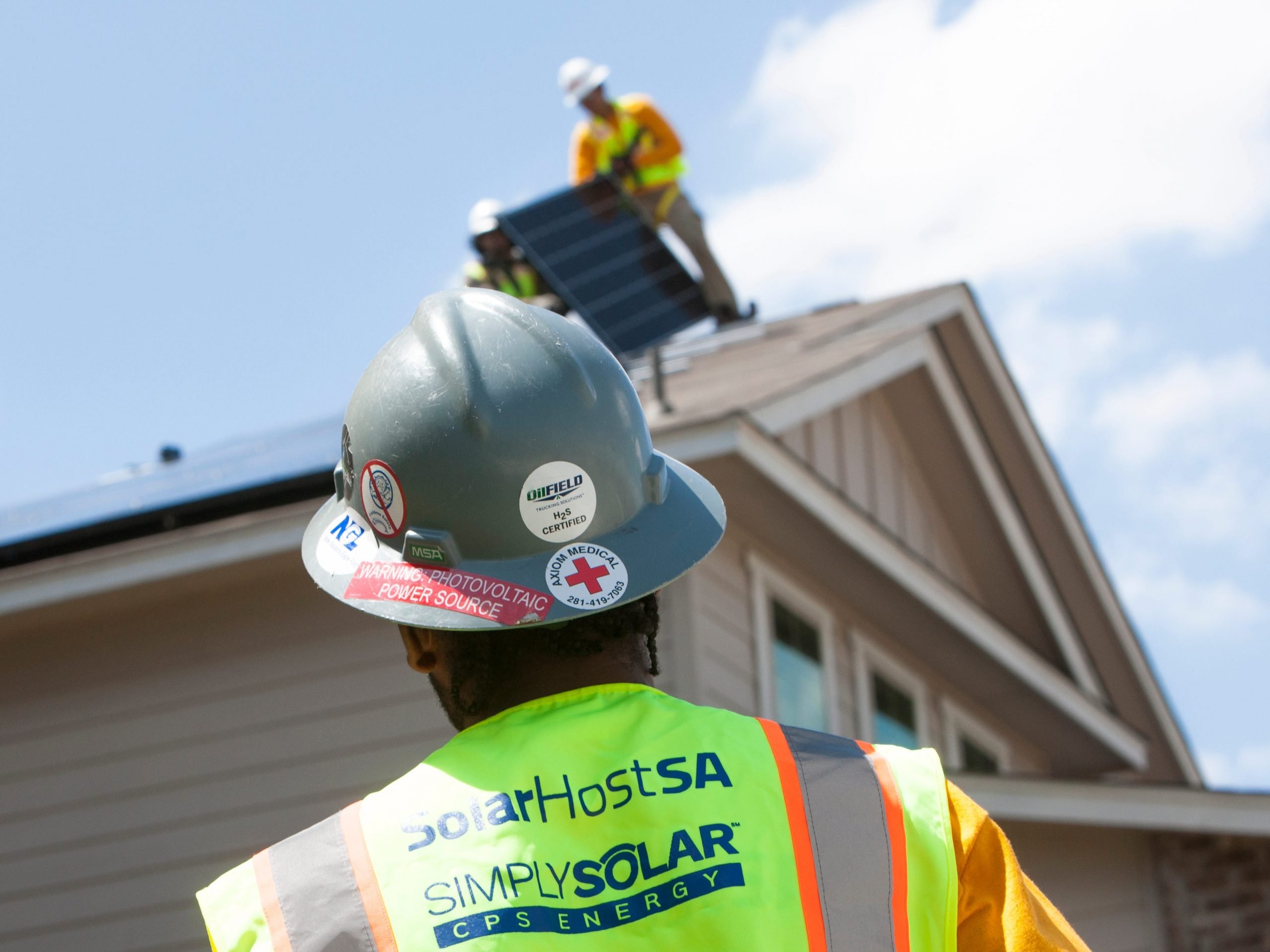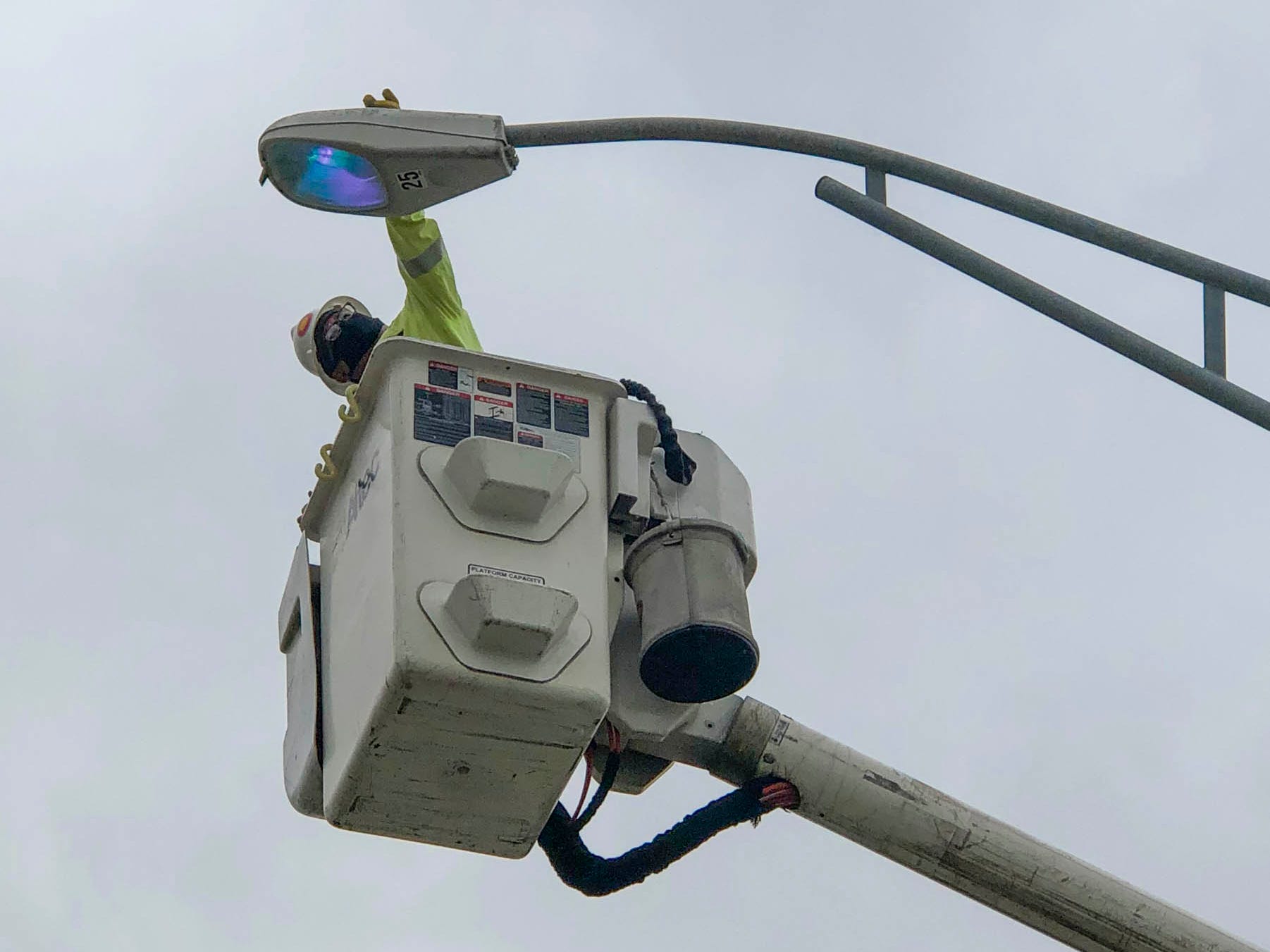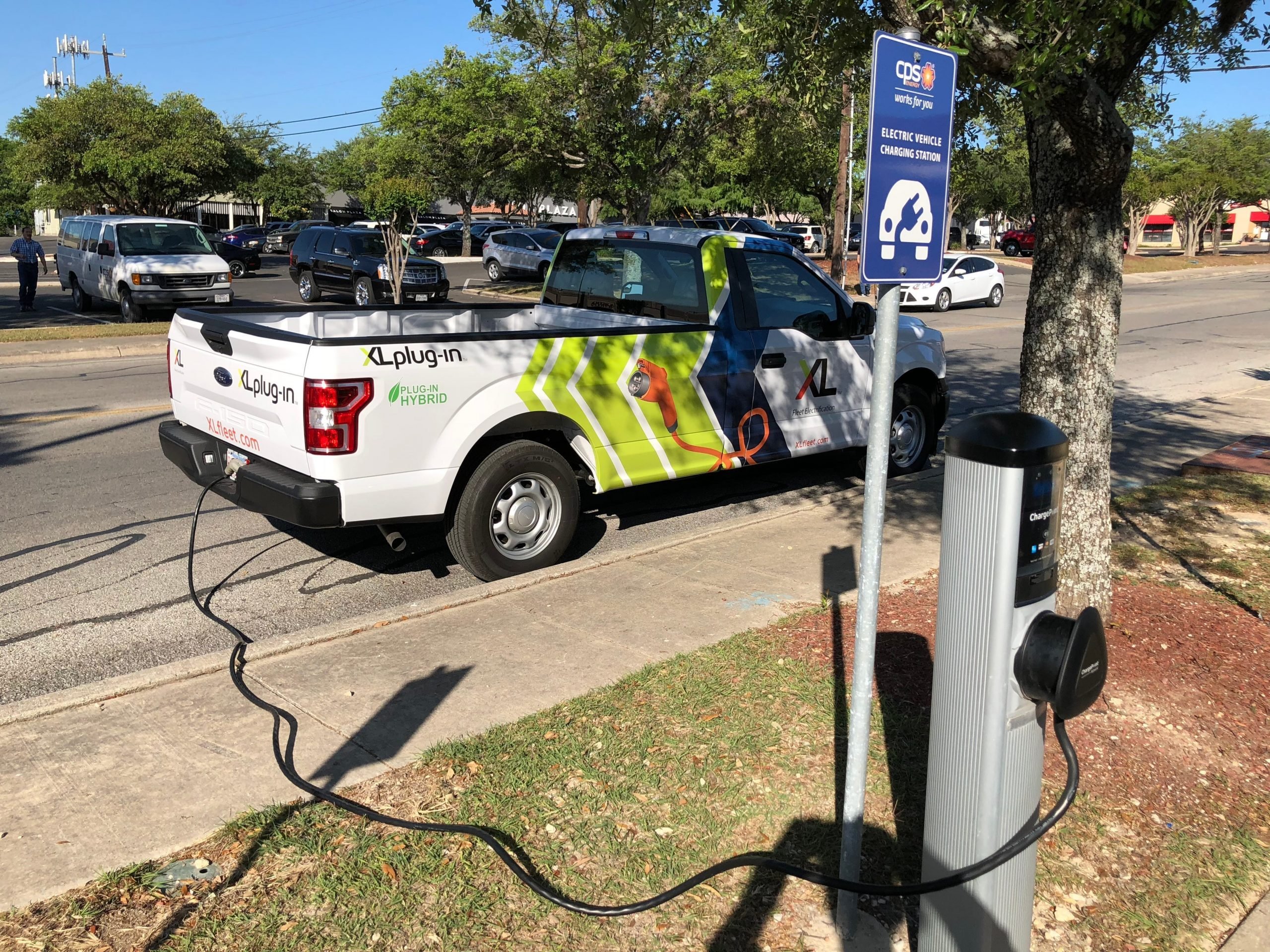
CPS Energy
- CPS Energy is working to make energy and electricity more affordable and reliable in San Antonio.
- Efforts include revamping infrastructure and increasing sustainability after the winter storm.
- It's also one of the city's partners in its smart-city initiative to pilot smart streetlights.
- This article is part of a series focused on American cities building a better tomorrow called "Advancing Cities."
When a winter storm hit the state of Texas in February, millions of people lost power, including hundreds of thousands in San Antonio.

CPS Energy
Three months later, the city is still feeling the effects. Electricity bills have been much higher than usual, and the event highlighted the vulnerability of the power grid.
Long before the winter storm, CPS Energy, the electric utility for San Antonio and surrounding areas, had been surveying residents to understand what they considered most important. Affordability and reliability usually topped the list, with resiliency a lower priority, Paula Gold-Williams, the company's president and CEO, told Insider.

CPS Energy
"Right now, we are in the middle of an affordability tsunami for customers," she said. "Every time we surveyed them resiliency was always last. Most people thought that was something that the utility needed to focus on, not anything that would ultimately affect them."
High natural-gas prices and systemic issues with the Electric Reliability Council of Texas (ERCOT), the organization that operates the state's electrical grid, trickled down to residents across the state, Gold-Williams, a lifelong San Antonio resident, said. Texas is the only state to use its own power grid, meaning it doesn't have to adhere to federal regulations.
The winter storm put resiliency at the forefront. Gold-Williams said the industry needs to reimagine power grids and revamp aging infrastructure. CPS Energy is also working with the city of San Antonio on sustainability and smart-city projects.
Here's a look at some of their biggest initiatives.
It's supporting measures to minimize the impact of the storm
Supply and demand issues have contributed to the high energy bills following the February storm. Extreme cold weather knocked out generating units and froze natural-gas stores, causing skyrocketing prices for natural gas, which CPS Energy uses to generate heat and electricity.
CPS Energy, which was established in 1860 and is owned by the city of San Antonio, has worked to minimize the effects on residents. Gold-Williams said they're looking for ways to spread out the costs over the next decade.
The utility also issued one-time credits to residents who lost power for 24 hours during the storm of $8.75, the amount of a flat monthly service charge. Customers who were without electricity for 48 hours or more will receive an additional $50 to $100. More than 250,000 residents are eligible for the credits, which are costing a total of $3.5 million.
In March, CPS Energy filed a lawsuit against ERCOT for its "lack of oversight, preparedness, and failure to follow its own protocols that resulted in $16 billion in overcharges to market participants and customers," a news release said. EROCT made a $16 billion pricing error the week after the winter storm and allowed the 30-day timeframe for corrections to pass.
Gold-Williams said the utility has been working to better winterize its plants for the past decade, but the state just wasn't prepared for the unprecedented and prolonged freezing temperatures that it saw in February.
In response, President Joe Biden recently announced plans to devote $8.25 billion to modernize the nation's electrical grid and support clean-energy goals, a move Gold-Williams applauds.
"We need innovation" in power generation and distribution systems, she said.
It's piloting smart streetlights to save money
CPS Energy is one of the city of San Antonio's partners in its smart-city initiative to launch more data- and technology-oriented projects.
"It's helping us look at technology from an applied standpoint," Gold-Williams said. "We're trying to make things happen and not just talk about strategies."
A Smart Streetlight Technology pilot recently debuted in partnership with the city, AT&T, and Itron. Existing CPS Energy lighting will be equipped with sensors in four areas of the city that allow them to be controlled remotely and test air quality, temperature, ambient noise, parking, and flooding.

CPS Energy
The goal is to gather data to enable the city to save money and address community needs, Gold-Williams said. Research shows installing smart streetlights can save cities money and reduce energy use.
Based on what they learn from the data, the project will be expanded and scaled to the rest of the city.
It's promoting renewable energy
One way CPS Energy is addressing aging infrastructure and sustainability in San Antonio is through the Flexible Path strategy, which aims to reduce coal and gas usage and increase renewable energy by 2040. This year, the utility is launching a "community-wide dialogue" for the strategy.
Renewable energy use in San Antonio increased 69% from 2010 to 2018, and will increase another 127% under the plan, according to CPS Energy. Gas usage will decrease 72%, and coal will be reduced an additional 61% after dropping 44% from 2010 to 2018. Other initiatives include expanding solar and wind resources and integrating battery storage and electric vehicles.

CPS Energy
CPS Energy is currently evaluating request-for-proposal (RFP) responses for the FlexPOWER Bundle. The program will replace gas steam units that are near the end of their lifecycle and increase the number of solar resources, energy storage, and "all-source firming capacity," or any technology that can be utilized when renewables aren't available. The company plans to announce the projects selected this summer.
In March, the utility launched another RFP to develop the next phase of its Save for Tomorrow Energy Plan (STEP), focusing on conservation and energy efficiency. The FlexSTEP RFP aims to strengthen CPS Energy's reliability by blending "Tried & True" programs, like rebates for being energy efficient, with "Innovative & New" solutions to help customers save money and learn new, more efficient energy-use behaviors.
The Flexible Path strategy emphasizes not relying on what's been done before, being open to new ideas, and embracing technology and change, Gold-Williams said. Modernizing aging infrastructure and decreasing reliance on nonrenewable energy are issues utility companies worldwide are facing.
"We all have the same problems," Gold-Williams said. "Our customers are trying to live their lives and they want it to be enabled by advances in technology. We have to embrace all that. We have to partner. We have a lot to learn from technology, but we have a lot to offer in terms of the complexity of our products and services."

